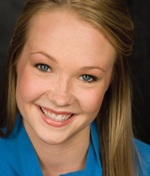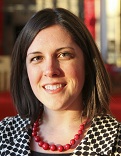
Carlos Velázquez
Making Change Outside the Office
Posted by Apr 05, 2012

Carlos Velázquez
In a recent article about Chicago-based artist Eric J. Garcia, whose politically charged work he calls a “weapon to strike at injustice", he added a caveat for aspiring artists: “Oh-all of this is done on our off-time when we’re not at the day job that pays the bills.”
His words came back to me when reading the prompt to this salon, a quote from Diane Ragsdale on arts sector reform:
“If our goal..is to hold onto our marginalized position and maintain our minuscule reach—rather than…actively addressing the social inequities in our country, and reaching exponentially greater numbers of people—then…I would suggest that it may not merit the vast amounts of time, money, or enthusiasm we would require from talented staffers and artists, governments, foundations, corporations, and private individuals to achieve it.”
I am glad to know that the arts sector is not confining itself to simply holding onto its miniscule reach, and that emerging artists and arts leaders, many working in art and humanities-based nonprofits, are taking the lead.
My position is that they are using the organizational skills, social vocabularies, and leadership experience gained in nonprofit environments well beyond the scope of the workday, to be wielded as “weapons” addressing social inequalities.
Read More













